Home>Gardening & Outdoor>Plant Care & Gardening Tips>When To Sow Wildflower Seeds In Colorado
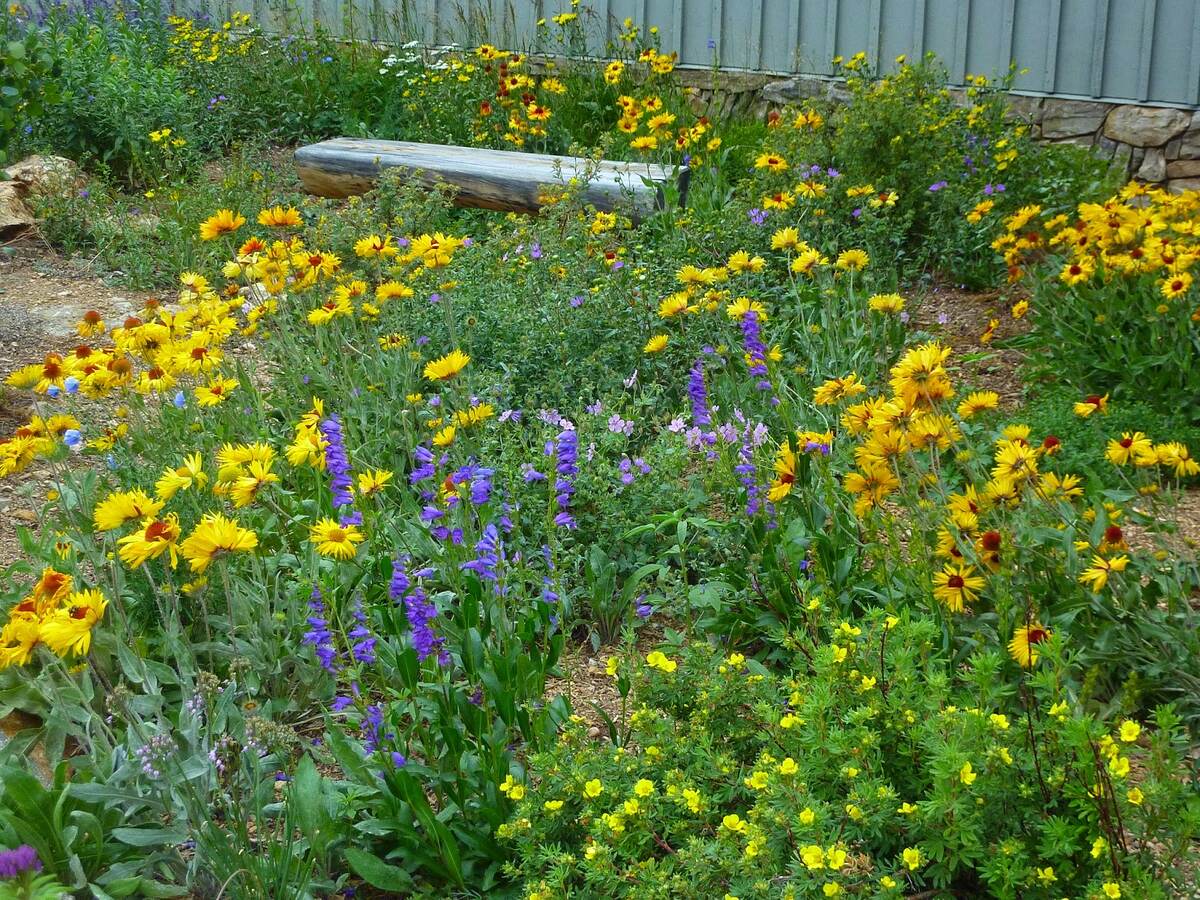

Plant Care & Gardening Tips
When To Sow Wildflower Seeds In Colorado
Modified: March 24, 2024
Discover the best time to sow wildflower seeds in Colorado with expert plant care and gardening tips. Ensure successful wildflower growth in your garden!
(Many of the links in this article redirect to a specific reviewed product. Your purchase of these products through affiliate links helps to generate commission for Storables.com, at no extra cost. Learn more)
Introduction
Understanding the Climate in Colorado
Colorado's diverse climate presents a unique set of challenges and opportunities for gardening enthusiasts, especially when it comes to cultivating wildflowers. The state's varying elevations and microclimates contribute to a wide range of temperature and precipitation patterns, making it crucial to understand the local conditions before embarking on a wildflower gardening journey.
The eastern plains of Colorado experience a semi-arid climate, characterized by hot summers, cold winters, and relatively low annual precipitation. In contrast, the western region, including the Rocky Mountains, exhibits a more alpine climate with cooler temperatures and abundant snowfall in the winter months. These climatic differences necessitate a tailored approach to wildflower gardening, taking into account factors such as frost dates, soil composition, and water availability.
As a gardener in Colorado, it's essential to familiarize oneself with the specific climate of the intended planting area, as this knowledge will inform decisions regarding seed selection, planting times, and ongoing care. By understanding the nuances of Colorado's climate, gardeners can maximize the likelihood of successful wildflower cultivation and contribute to the preservation of native plant species in the region.
Understanding the Climate in Colorado
Colorado’s diverse climate presents a unique set of challenges and opportunities for gardening enthusiasts, especially when it comes to cultivating wildflowers. The state’s varying elevations and microclimates contribute to a wide range of temperature and precipitation patterns, making it crucial to understand the local conditions before embarking on a wildflower gardening journey.
The eastern plains of Colorado experience a semi-arid climate, characterized by hot summers, cold winters, and relatively low annual precipitation. In contrast, the western region, including the Rocky Mountains, exhibits a more alpine climate with cooler temperatures and abundant snowfall in the winter months. These climatic differences necessitate a tailored approach to wildflower gardening, taking into account factors such as frost dates, soil composition, and water availability.
As a gardener in Colorado, it’s essential to familiarize oneself with the specific climate of the intended planting area, as this knowledge will inform decisions regarding seed selection, planting times, and ongoing care. By understanding the nuances of Colorado’s climate, gardeners can maximize the likelihood of successful wildflower cultivation and contribute to the preservation of native plant species in the region.
Best Time to Sow Wildflower Seeds
Choosing the optimal time to sow wildflower seeds in Colorado is crucial for ensuring the success of your garden. The state’s diverse climate and varying elevations influence the ideal timing for planting wildflowers, and understanding these factors can significantly impact the growth and blooming of your wildflower garden.
In general, the best time to sow wildflower seeds in Colorado is during the fall, typically between late September and early November. During this period, the soil is still warm from the summer months, but the air temperature has cooled down, creating favorable conditions for seed germination. Additionally, fall planting allows the seeds to undergo a natural stratification process over the winter, which can enhance germination rates in the spring.
For gardeners in higher elevation areas, such as the foothills and mountain regions, it’s essential to consider the shorter growing season and the potential for early frosts. In these areas, early to mid-fall may be the most suitable time for sowing wildflower seeds, as it allows the plants to establish a root system before the onset of winter.
While fall is generally the preferred season for sowing wildflowers, certain species may benefit from spring planting in specific microclimates or lower elevation areas. Understanding the life cycles and environmental preferences of the wildflowers you intend to cultivate is essential for determining the most appropriate sowing time.
By aligning the sowing of wildflower seeds with the natural rhythms of Colorado’s climate, gardeners can set the stage for vibrant and resilient wildflower displays, contributing to the ecological diversity and aesthetic beauty of the region.
Choosing the Right Wildflower Seeds
When embarking on a wildflower gardening project in Colorado, selecting the appropriate seeds is a critical step that can significantly influence the success of your endeavor. Given the state’s diverse climate and varying elevations, it’s essential to choose wildflower species that are well-suited to the specific conditions of your planting area, ensuring optimal growth and blooming.
Native wildflowers are particularly well-adapted to Colorado’s unique climate and soil conditions. By incorporating native species into your garden, you can contribute to the preservation of local biodiversity while potentially requiring less maintenance and resources to support their growth. Additionally, native wildflowers often play a crucial role in supporting local pollinators and wildlife, further enhancing the ecological value of your garden.
Before selecting wildflower seeds, consider factors such as the amount of sunlight, soil type, and moisture levels in your planting area. Some wildflowers thrive in full sun, while others prefer partial shade, so understanding the light conditions of your garden space is essential for choosing suitable species. Likewise, certain wildflowers are well-suited to well-drained, sandy soils, while others thrive in moister, loamy soils.
Furthermore, consider the blooming periods of different wildflower species to create a garden that offers continuous color and visual interest throughout the growing season. By strategically selecting a mix of early, mid-season, and late-blooming wildflowers, you can orchestrate a dynamic and ever-changing display of floral beauty in your garden.
Whether you’re aiming to establish a vibrant pollinator habitat, create a naturalistic meadow, or simply add splashes of color to your landscape, choosing a diverse selection of wildflower seeds tailored to Colorado’s climate and your specific gardening goals is key to fostering a thriving and visually captivating wildflower garden.
Sow wildflower seeds in Colorado in early spring or late fall for best results. This allows the seeds to establish before extreme temperatures and ensures a successful bloom.
Preparing the Soil for Planting
Before sowing wildflower seeds in Colorado, it’s crucial to prepare the soil to create an optimal growing environment for the seeds to germinate and the young plants to thrive. Soil preparation plays a vital role in providing essential nutrients, promoting proper drainage, and creating favorable conditions for successful wildflower establishment.
Start by assessing the composition and structure of the soil in your planting area. Colorado’s soils vary widely, ranging from sandy and well-drained to clay-rich and compacted, depending on the region. Understanding your soil type will guide you in making informed decisions about soil amendments and cultivation techniques.
For compacted or clay-heavy soils, incorporating organic matter such as compost can improve soil structure, enhance water retention, and promote beneficial microbial activity. This amendment can also provide vital nutrients to support the initial growth of wildflower seedlings. In contrast, for sandy soils, adding organic matter can bolster moisture retention and nutrient availability, helping to create a more hospitable environment for wildflower roots.
After assessing and amending the soil, it’s essential to prepare a suitable seedbed for sowing the wildflower seeds. This process typically involves loosening the top layer of soil to create a receptive environment for seed germination. Depending on the scale of your wildflower garden, this can be achieved using hand tools such as a garden fork or on a larger scale with a mechanical tiller.
Once the soil is adequately prepared, consider incorporating a layer of mulch to help retain moisture, regulate soil temperature, and suppress weed growth. Organic mulches, such as straw or shredded leaves, can gradually decompose, enriching the soil with organic matter and supporting the long-term health of the wildflower garden.
By diligently preparing the soil before sowing wildflower seeds, gardeners can lay the groundwork for robust and flourishing plant growth, setting the stage for a vibrant and sustainable wildflower display that harmonizes with Colorado’s unique natural landscape.
Read more: When To Seed Lawn In Colorado
Sowing Wildflower Seeds
Once the soil has been meticulously prepared, the exciting process of sowing wildflower seeds can commence, marking the beginning of a journey that will culminate in a breathtaking display of color and biodiversity in your Colorado garden. Sowing wildflower seeds requires a thoughtful approach, considering factors such as seed distribution, planting depth, and aftercare to optimize the germination and establishment of the seeds.
When dispersing wildflower seeds, aim for even coverage across the prepared seedbed to create a naturalistic and visually appealing result. Depending on the size of your planting area, this can be achieved by hand broadcasting the seeds or using a seed spreader for larger expanses. Mixing the seeds with a carrier material, such as sand, can facilitate more uniform distribution and prevent clumping, ensuring a balanced and diverse wildflower display.
After broadcasting the seeds, gently rake the soil to lightly cover the seeds at the recommended planting depth, typically no more than 1/4 inch, as wildflower seeds often require exposure to light to germinate successfully. Following this, lightly press or roll the soil to ensure good seed-to-soil contact, promoting efficient water absorption and aiding in the germination process.
Watering the newly sown seeds is a crucial step in initiating germination. Use a fine mist setting or a gentle spray to avoid displacing the seeds, and ensure that the soil remains consistently moist but not waterlogged during the germination period. Depending on the weather conditions, you may need to provide supplemental irrigation to support the establishment of the wildflower seedlings.
As the seeds germinate and the young seedlings emerge, monitor the moisture levels and provide light irrigation as needed to support their growth. Additionally, be vigilant against weed competition, carefully removing any emerging weeds to prevent them from outcompeting the delicate wildflower seedlings for resources.
By sowing wildflower seeds with care and attention to detail, gardeners in Colorado can set the stage for a captivating and sustainable wildflower garden that celebrates the natural beauty and ecological diversity of the region.
Caring for Wildflower Seedlings
As the wildflower seedlings emerge and begin their journey towards blooming maturity, providing attentive care is essential to ensure their healthy development and long-term success in your Colorado garden. Caring for wildflower seedlings encompasses various aspects, including watering, weed management, and fostering a conducive environment for robust growth and blooming.
Watering plays a crucial role in supporting the early stages of wildflower growth. While it’s important to maintain consistent soil moisture, especially during dry periods, it’s equally vital to avoid overwatering, which can lead to root rot and other detrimental conditions. Striking a balance by monitoring soil moisture levels and providing supplemental irrigation when necessary can promote strong root development and vigorous growth in the young wildflower plants.
Weed management is another critical aspect of caring for wildflower seedlings. Vigilantly removing weeds from the vicinity of the seedlings helps prevent competition for essential resources such as water, nutrients, and sunlight. This proactive approach supports the healthy establishment of the wildflowers and minimizes the risk of weed encroachment, allowing the seedlings to thrive and flourish unhindered.
As the wildflower seedlings continue to grow, it’s beneficial to monitor their progress and make adjustments to optimize their environment. Observing the light conditions and ensuring adequate sunlight exposure for the developing plants can contribute to robust and balanced growth, leading to vibrant and resilient wildflower displays in your garden.
Additionally, staying attuned to the needs of the wildflower seedlings and responding proactively to any signs of stress or nutrient deficiencies can help maintain the overall health and vigor of the plants. This may involve supplementing the soil with organic fertilizers or compost to provide essential nutrients and support the wildflowers’ continuous development.
By nurturing the wildflower seedlings with care and attention, gardeners can lay the groundwork for a thriving and visually captivating wildflower garden that embodies the natural splendor and ecological richness of Colorado’s diverse landscapes.
Conclusion
Cultivating a wildflower garden in Colorado is a rewarding endeavor that allows gardeners to connect with the natural beauty and ecological diversity of the region. By understanding the nuances of Colorado’s climate, selecting the right wildflower seeds, and providing attentive care throughout the growth process, gardeners can create vibrant and sustainable wildflower displays that enrich the local landscape and support native plant species and pollinators.
Colorado’s diverse climate and varying elevations offer a wealth of opportunities for wildflower gardening, with each region presenting its own set of environmental considerations and possibilities. Whether nestled in the foothills, adorning a mountain meadow, or enhancing a suburban landscape, wildflower gardens contribute to the visual splendor and ecological resilience of Colorado’s natural spaces.
Embracing the best practices for sowing and caring for wildflower seedlings, including thoughtful soil preparation and diligent weed management, sets the stage for a flourishing and enduring wildflower garden. By aligning the planting and care of wildflowers with the rhythms of Colorado’s climate, gardeners can create a harmonious and sustainable ecosystem that celebrates the native flora and enhances the overall biodiversity of the region.
As the wildflower garden matures and transitions through its blooming seasons, it becomes a dynamic tapestry of colors, textures, and fragrances, attracting pollinators, delighting observers, and contributing to the ecological fabric of the local environment. The resilience and adaptability of native wildflowers mirror the spirit of Colorado’s natural landscapes, embodying the strength and beauty of the region’s flora.
In conclusion, the art of wildflower gardening in Colorado is a testament to the enduring connection between humans and the natural world, fostering an appreciation for the unique beauty and ecological significance of the state’s diverse ecosystems. By sowing the seeds of sustainable gardening practices and nurturing the growth of wildflowers, gardeners in Colorado play a vital role in preserving the splendor of the region for generations to come.
Frequently Asked Questions about When To Sow Wildflower Seeds In Colorado
Was this page helpful?
At Storables.com, we guarantee accurate and reliable information. Our content, validated by Expert Board Contributors, is crafted following stringent Editorial Policies. We're committed to providing you with well-researched, expert-backed insights for all your informational needs.
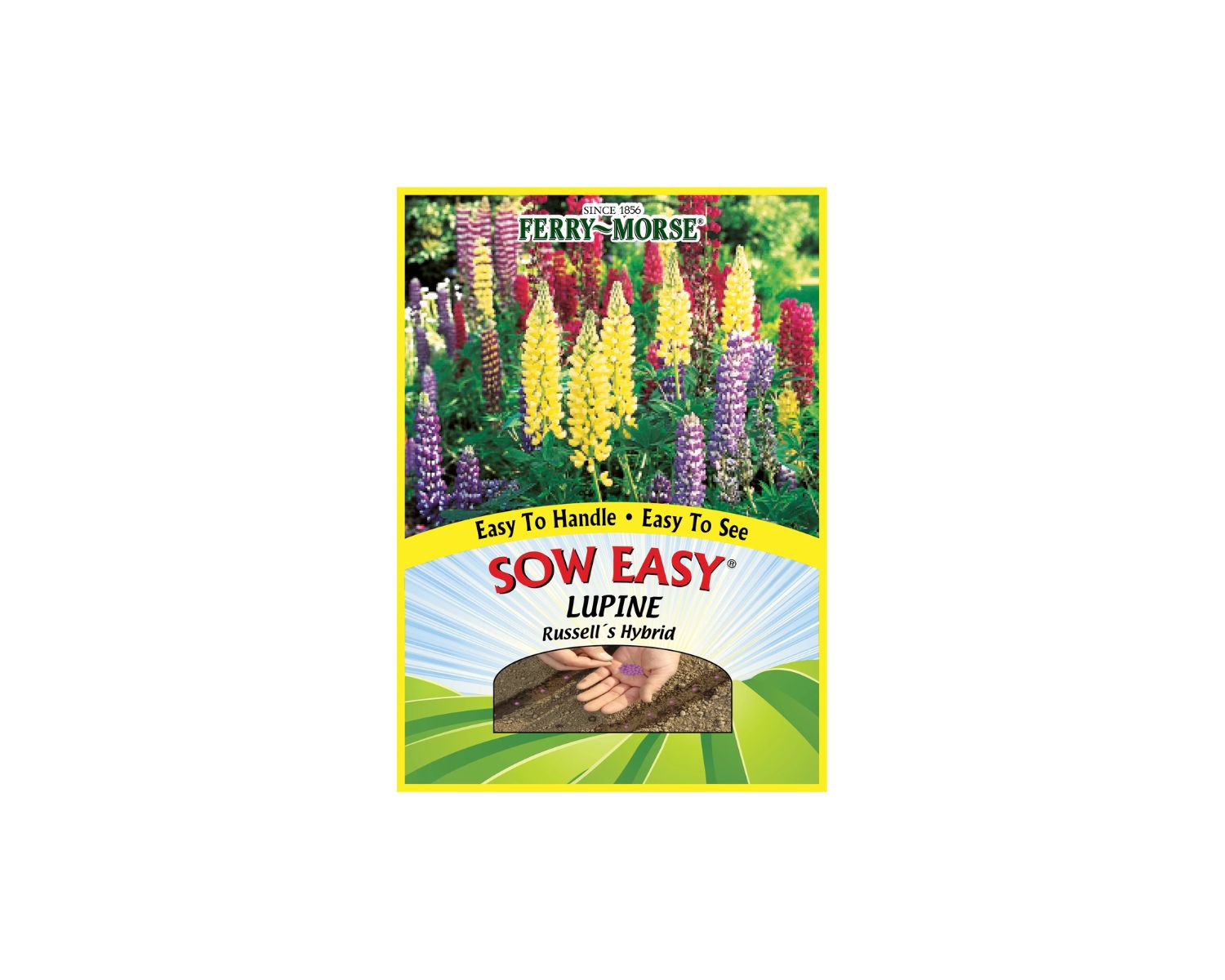
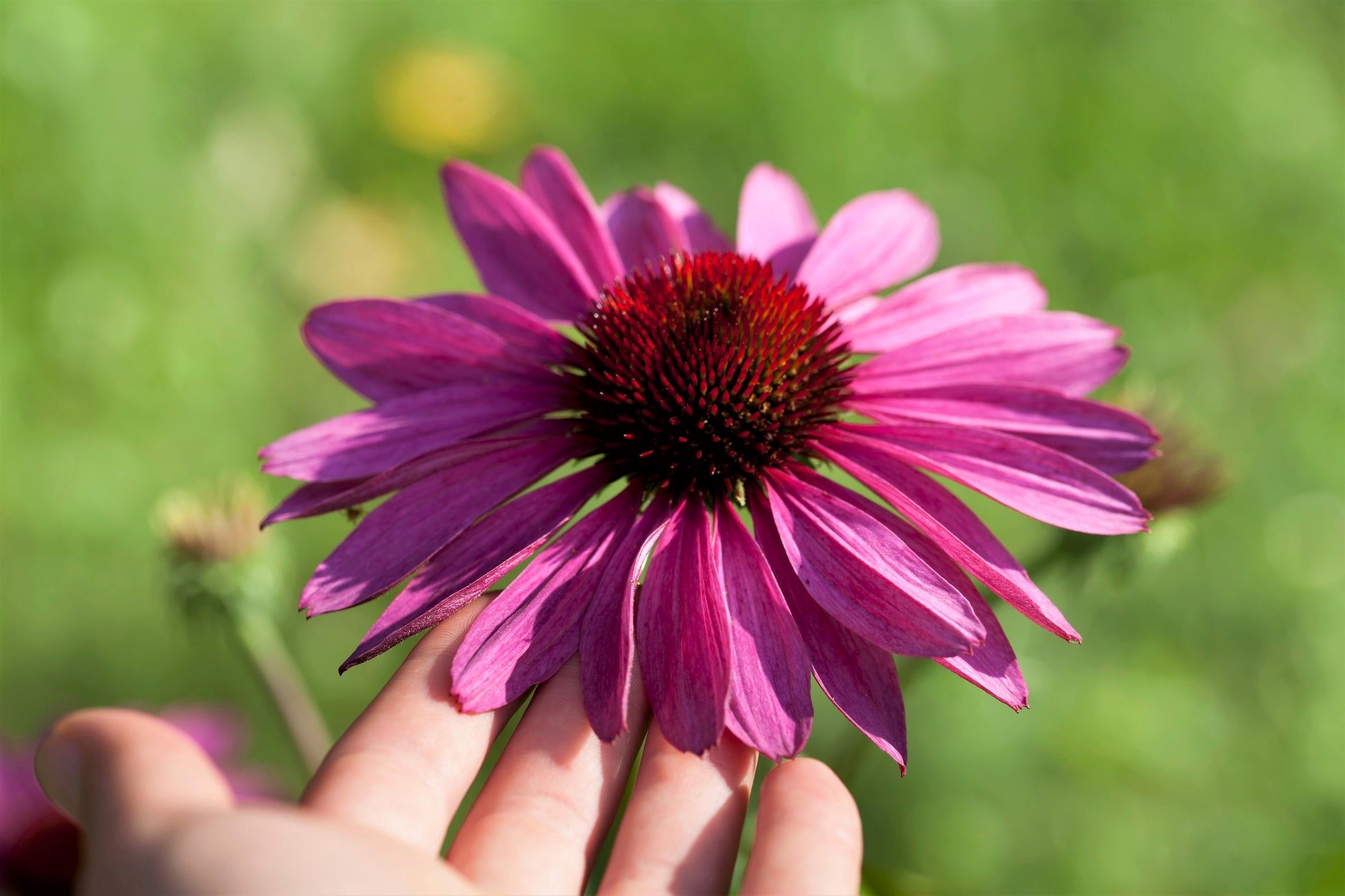
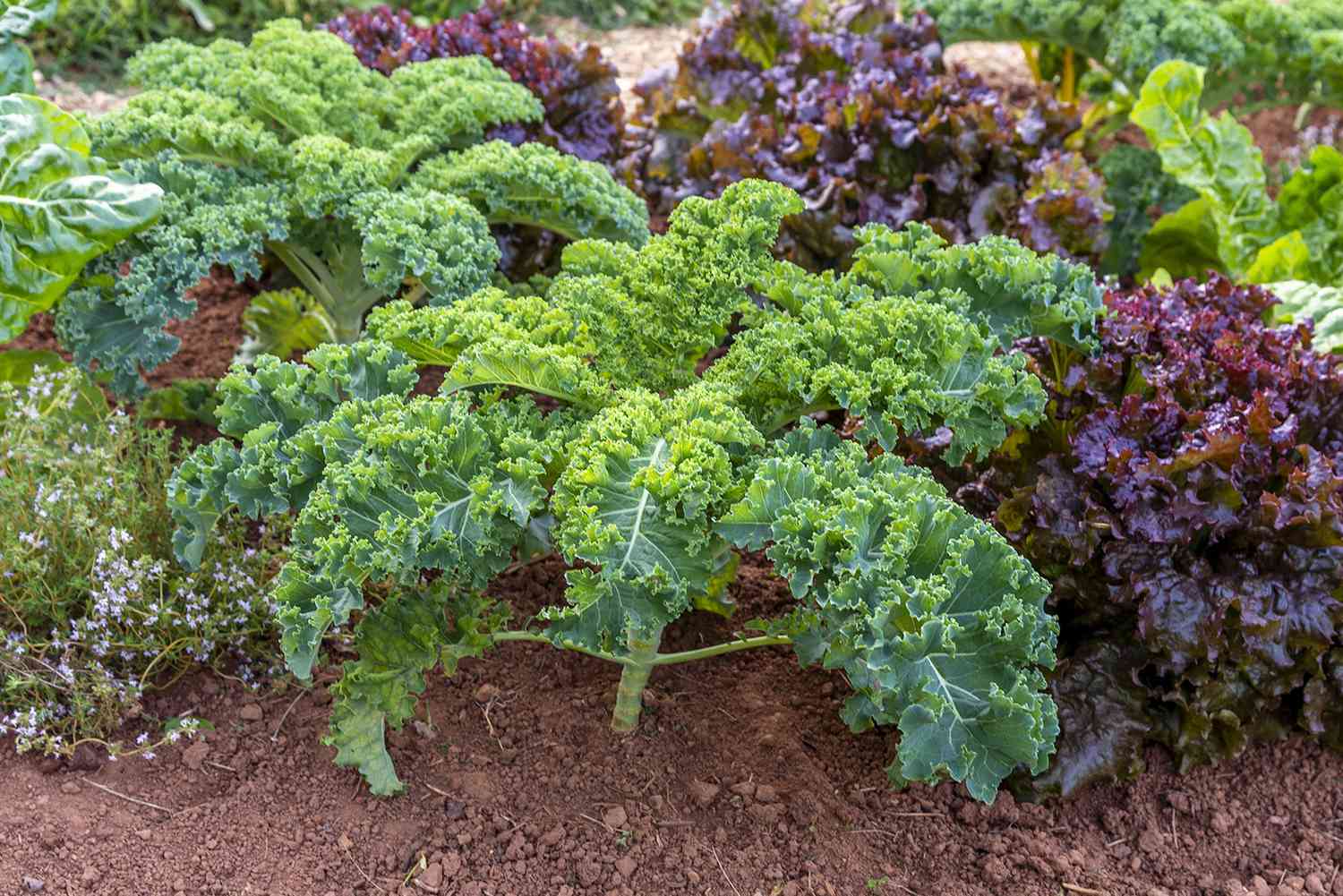
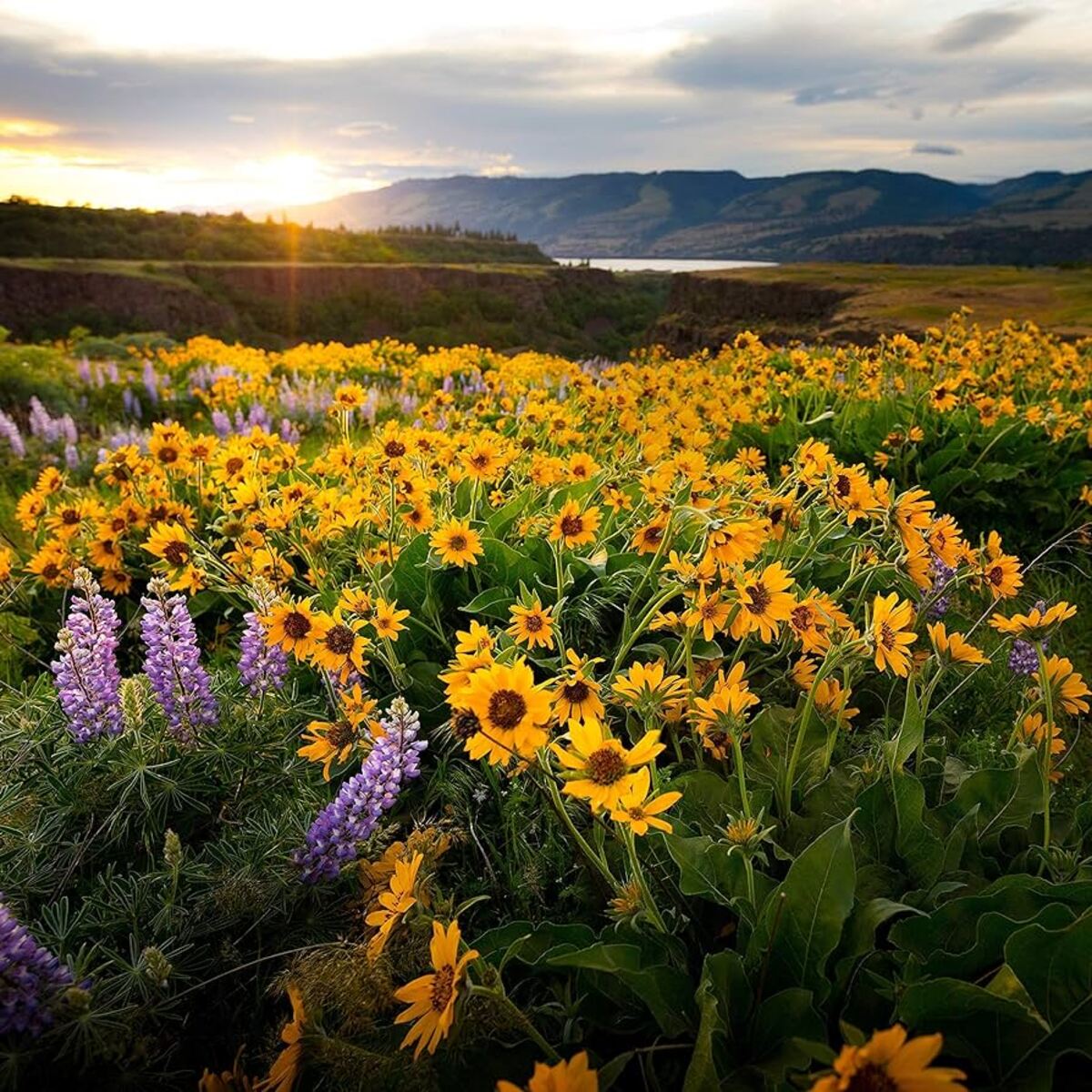

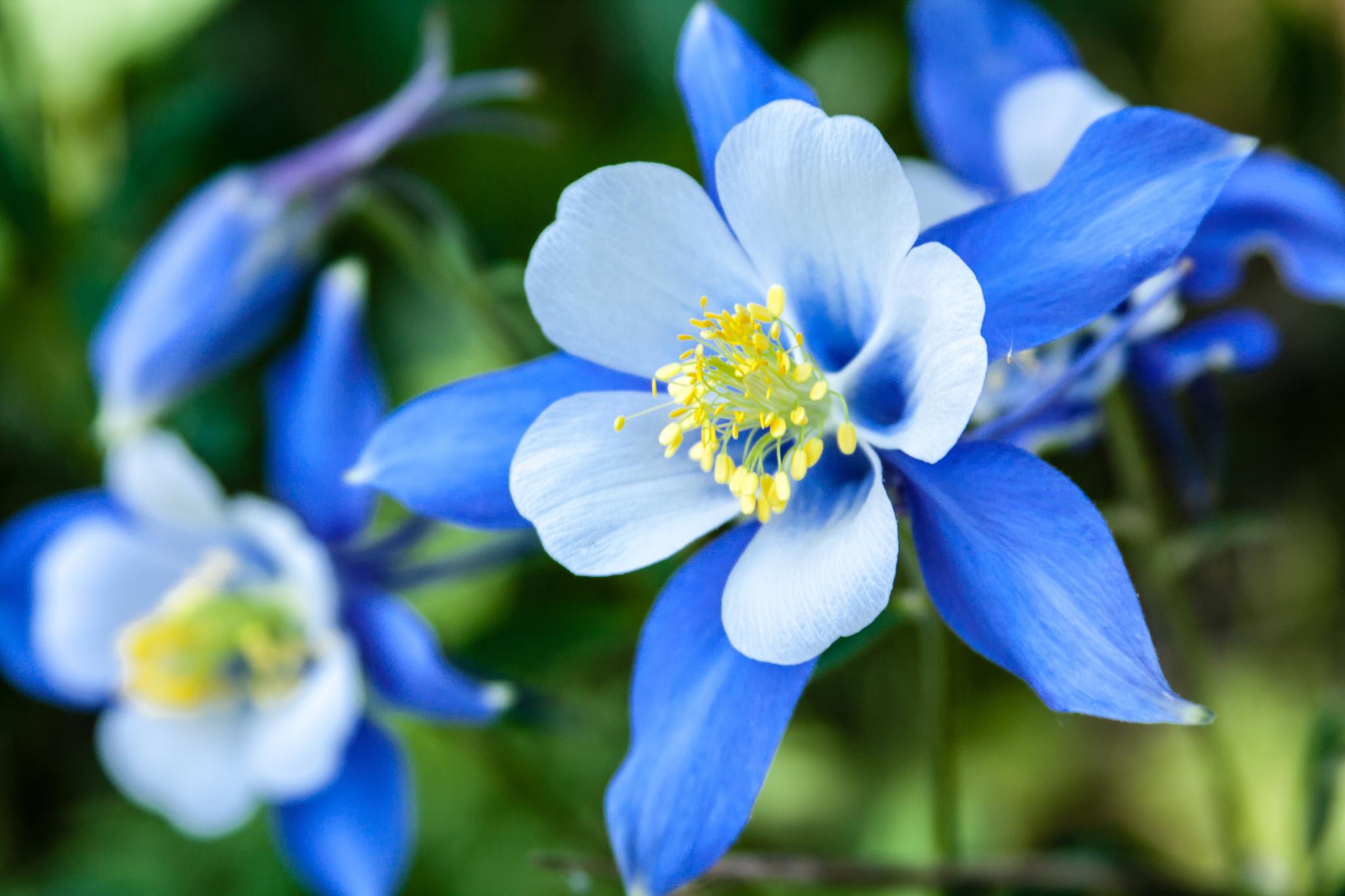
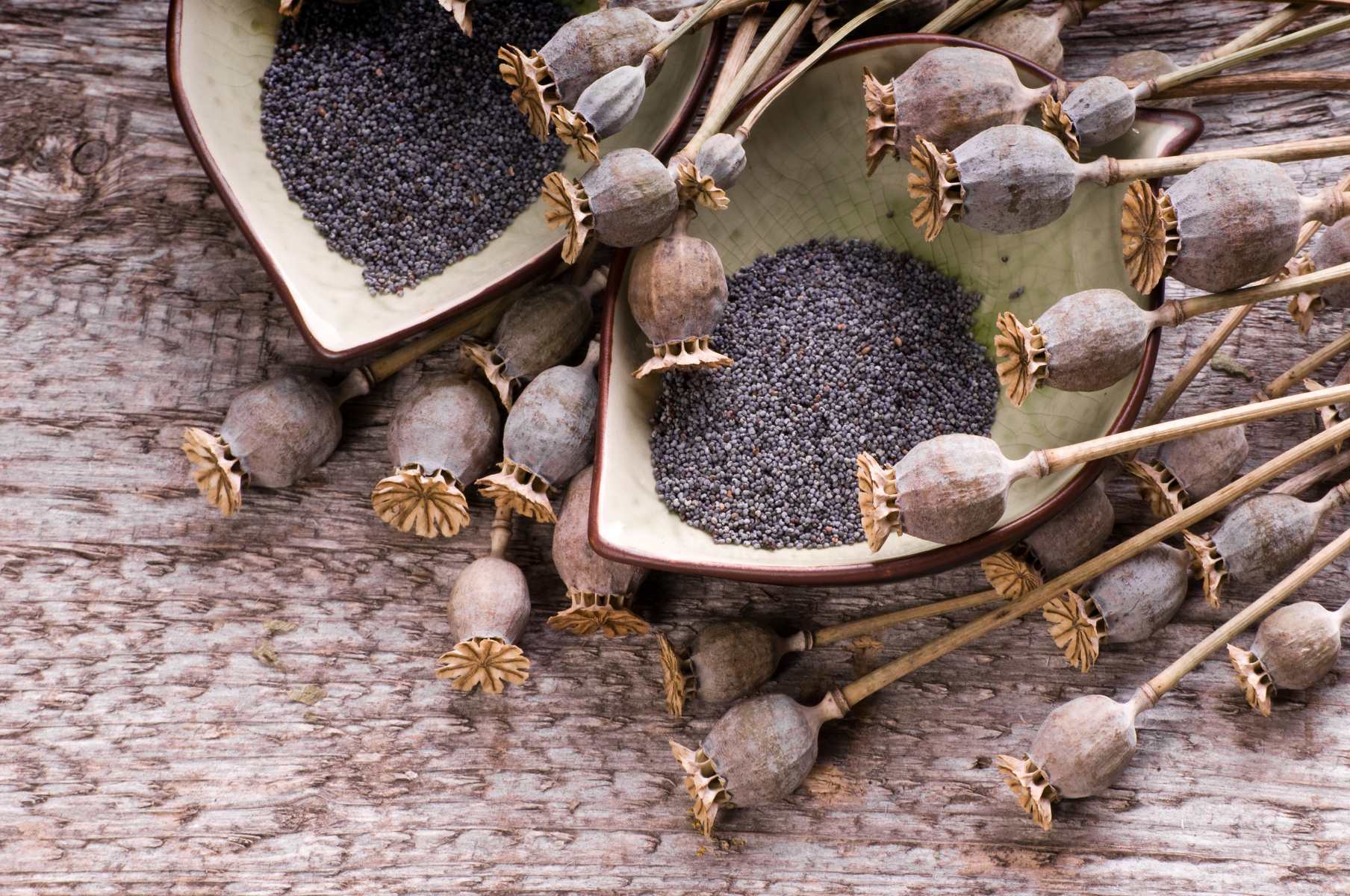
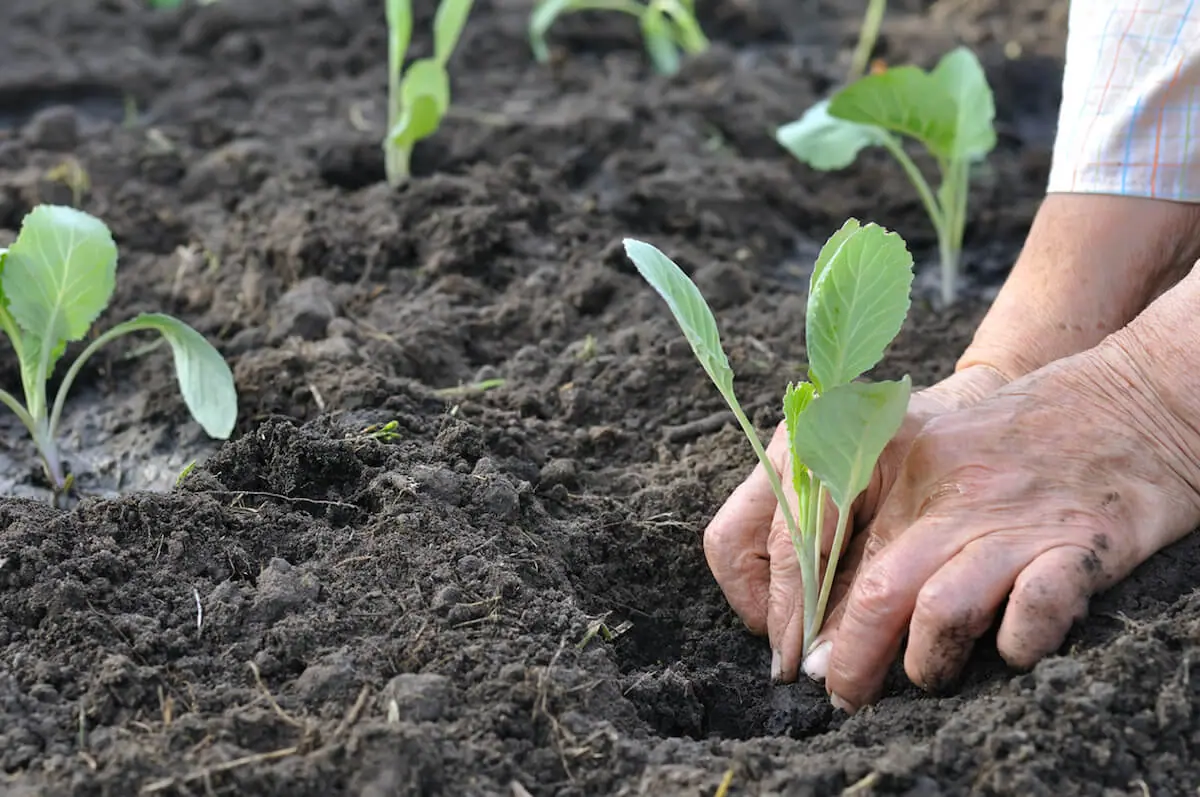
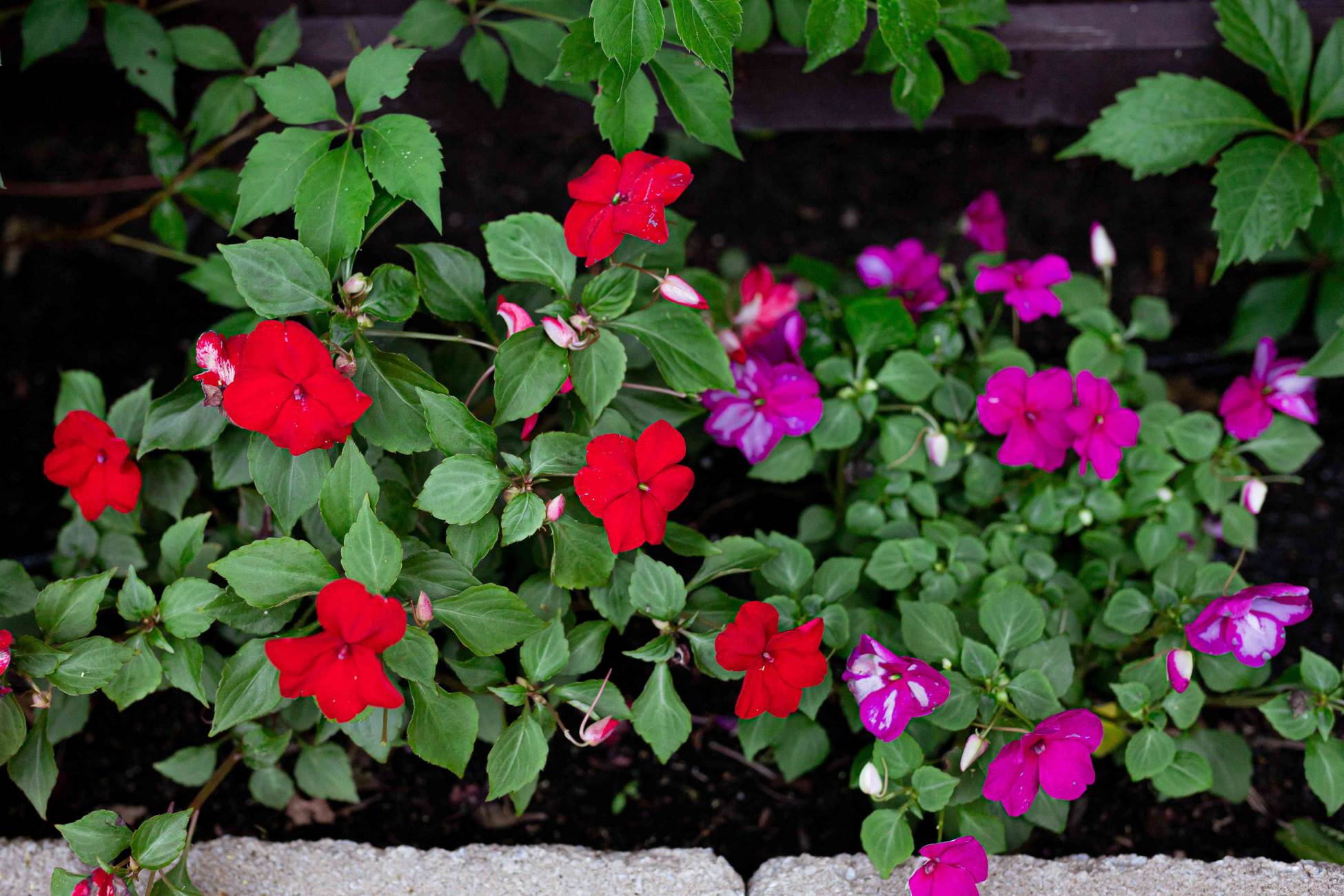
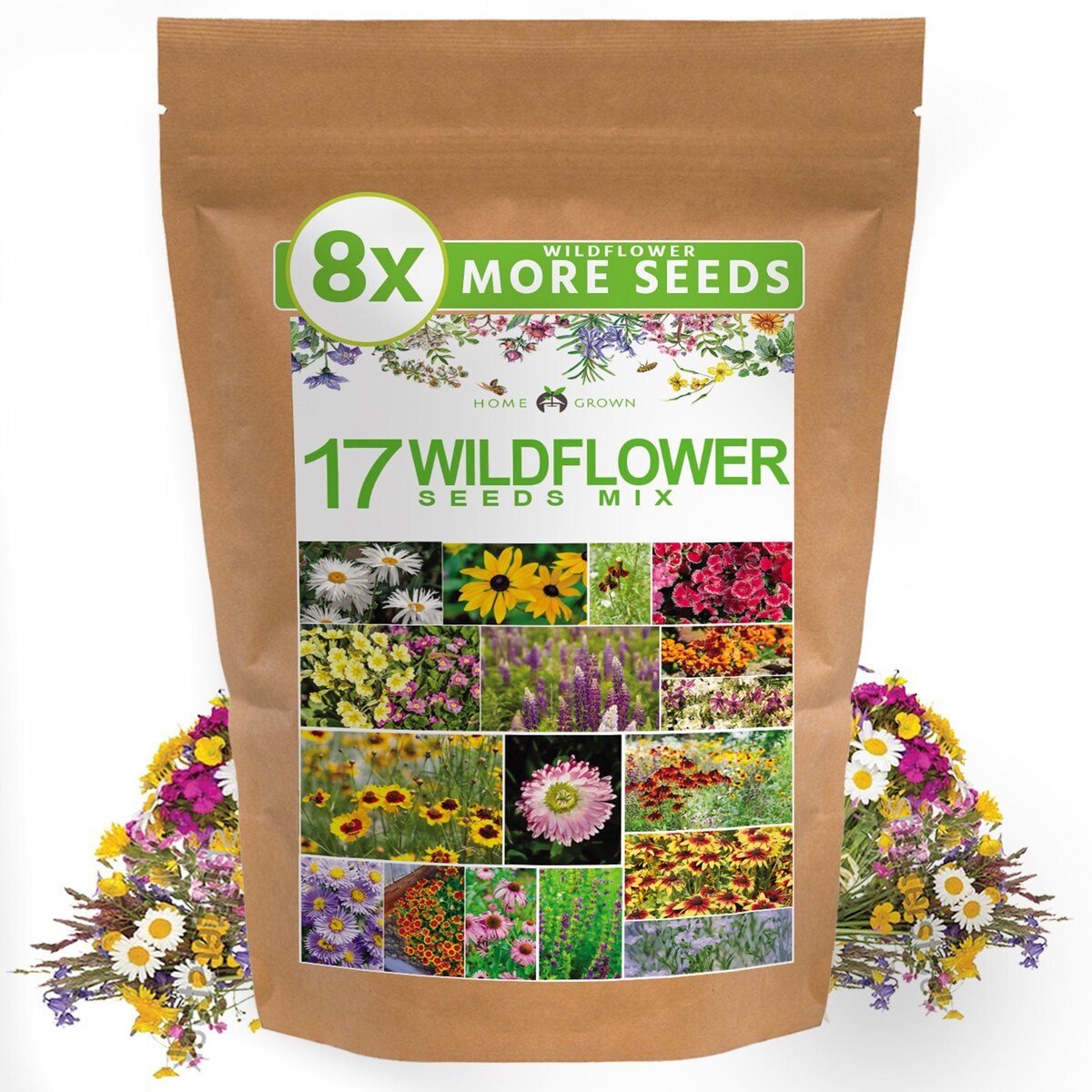
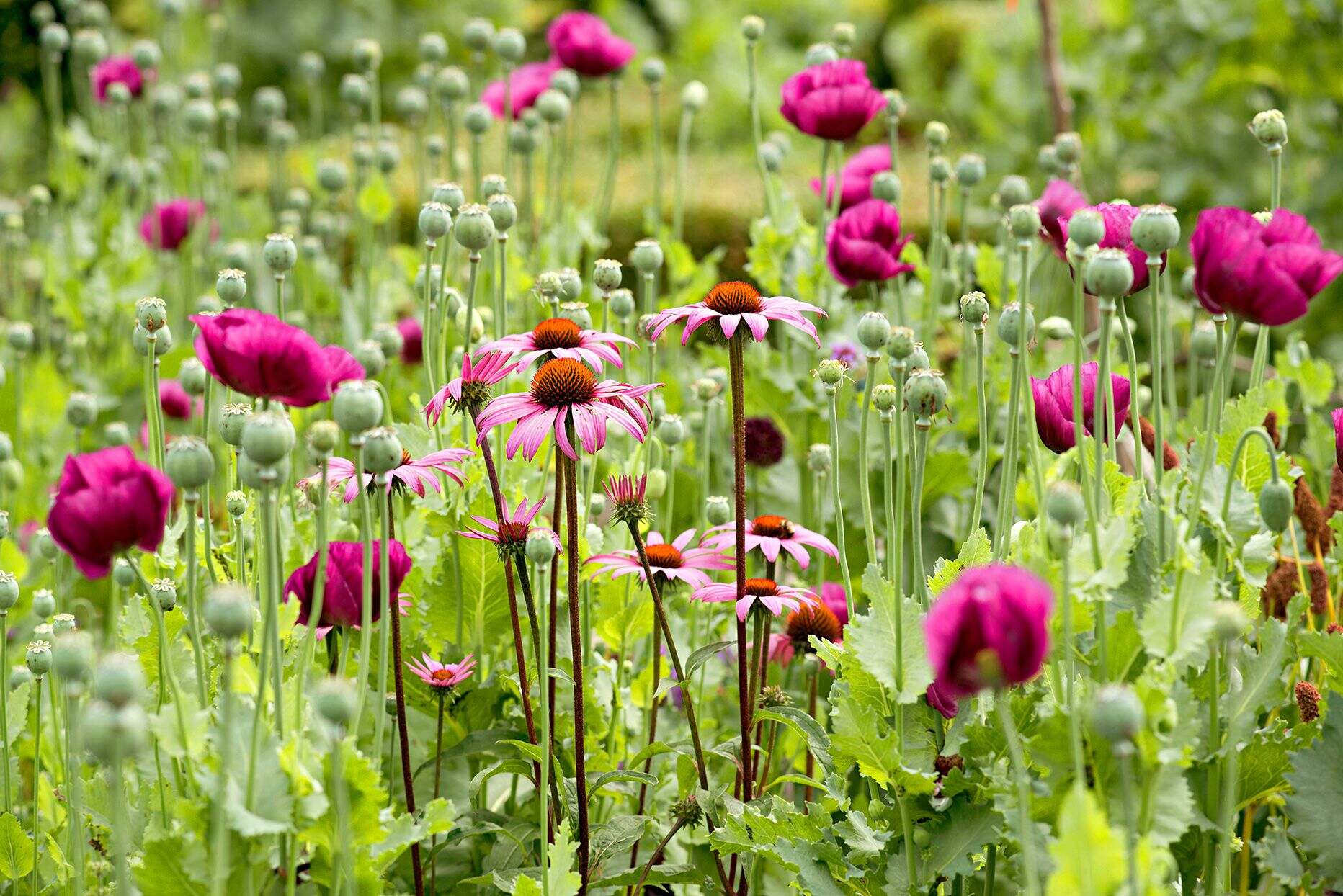
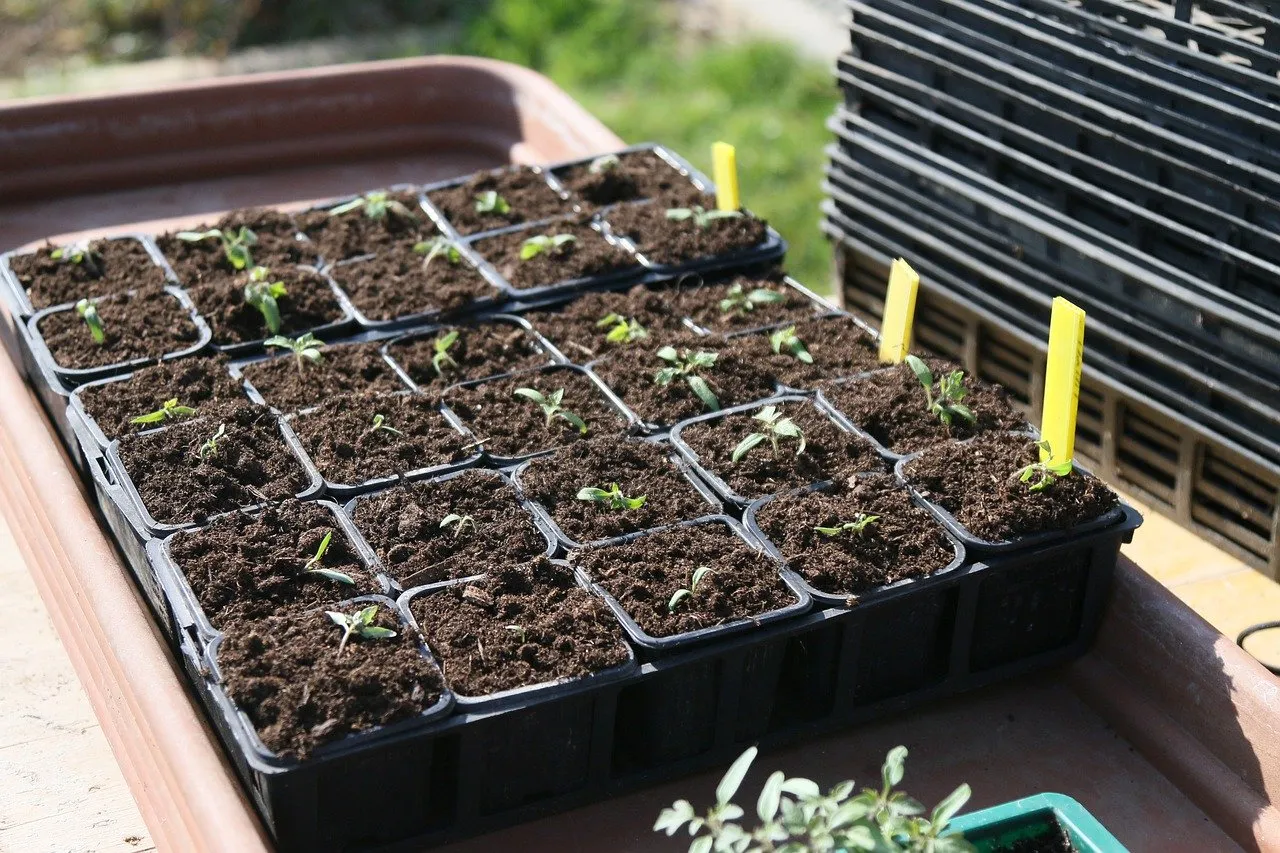
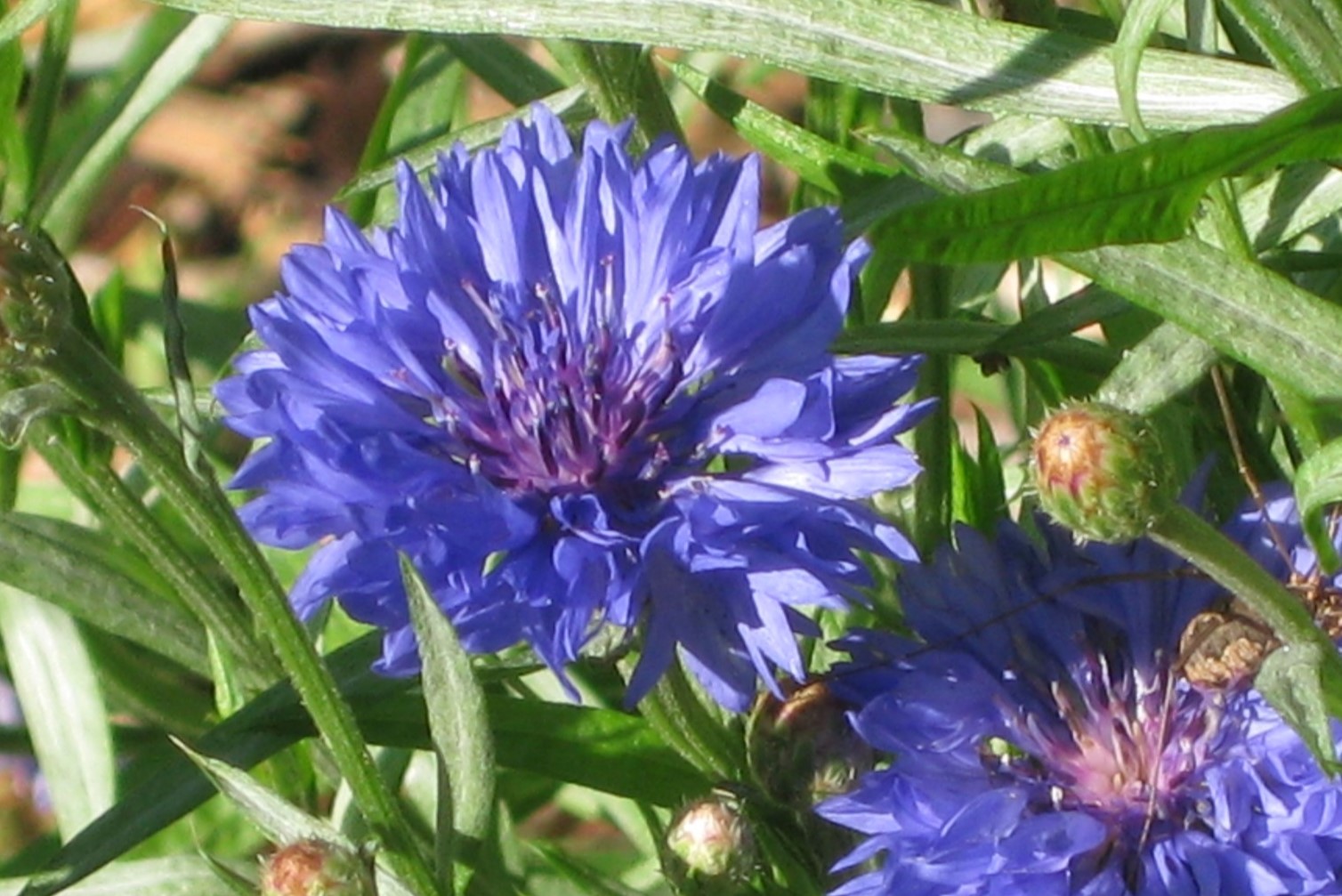
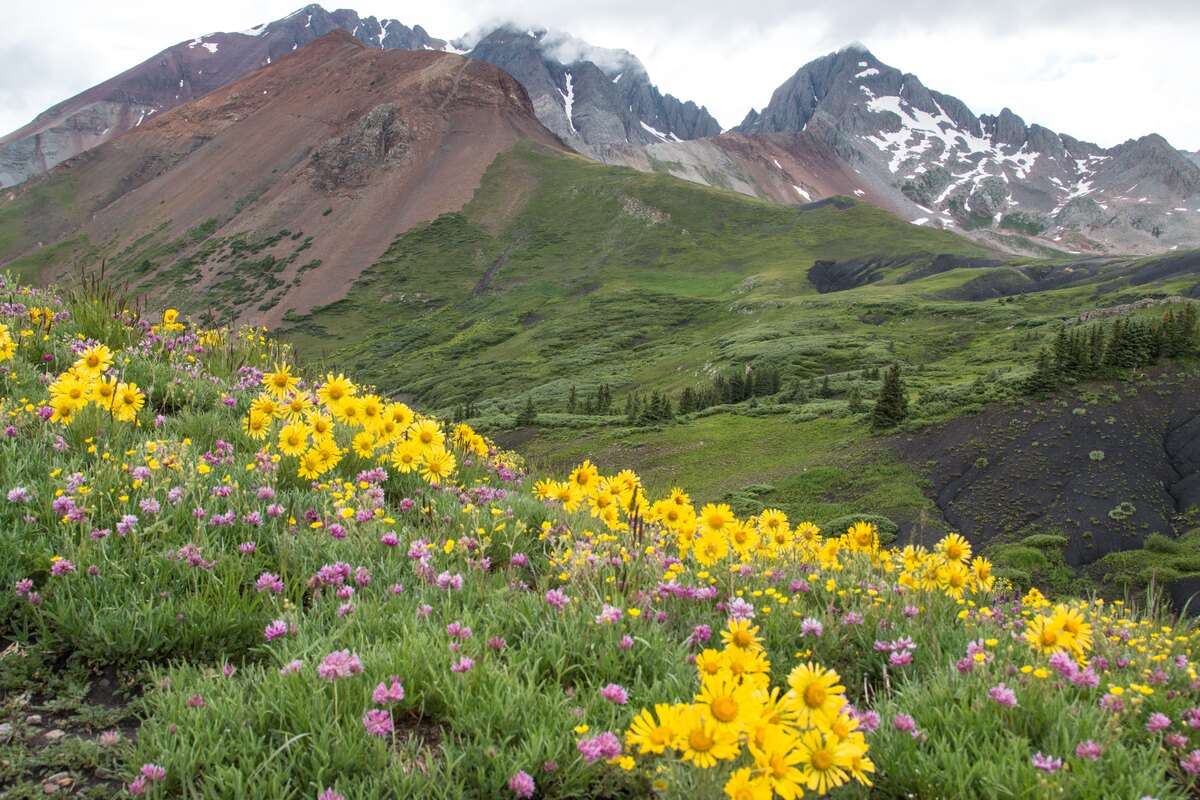

0 thoughts on “When To Sow Wildflower Seeds In Colorado”